New York firm's specialists tracked private sources to bring fresh antiques to auction
Combined full-length and close-up views of important Chinese white jade figural study of lady carrying peach branch over shoulder. Provenance: Estate of Sen. William Andrews Clark (1839-1925) and thence by descent; Christie’s auction ‘The Clark Family, An American Dynasty.’ Est. $25,000-$35,000. Image courtesy of Lester Ramsey Auctions.
FOREST HILLS, NY.- Kyo Wu, the trusted art historian who founded Lester Ramsey Auctions in 2010, said his team left no stone unturned in preparing for the company’s Dec. 6 Fine Chinese Works of Art Auction. “We went off the beaten path to track down exciting discoveries that would be fresh to the marketplace,” Wu said.
The top-tier 260-lot selection prepared for the Dec. 6 sale is the tangible reflection of Wu’s perseverance. “More than half of the goods came directly from American collections with noteworthy provenance,” Wu said.
Wu said he has opted to keep the estimates “humble,” promising consignors he would promote their pieces vigorously. “If you offer quality Chinese art to bidders, it will find its correct price through auction competition.”
Important jades include examples from the Yuan Dynasty (1160-1368) all the way through to the end of the Qing Dynasty (1644-1911). “Using large, beautifully carved Chinese jades as lamp bases was a practice made popular by Bensebott’s in Chicago as well as Yamanaka and Edward I. Farmer (1872-1942) of New York City. These lamps were popular among America’s elite industrialist families from around 1900 through the Art Deco period,” Wu noted.
Lot 75 is just such a piece and can be traced to the estate of Senator William Andrews Clark (1839-1925) of the immensely wealthy Clark family, which earned its fortune from mining and banking and was on par with the Vanderbilts and Morgans. The white jade carving turned lamp base depicts an immortal carrying a branch of peaches, a flywhisk and a gourd. It stands an impressive 11½ inches tall and is attributed to the Qianlong period (1735-1796).
“We’ve seen interior pictures of Senator Clark’s 100-room Fifth Avenue mansion. It was filled with extraordinary Chinese and European art. This jade came from the senator’s collection, which passed by descent through the Clark family and previously was auctioned at Christie’s in a sale titled ‘The Clark Family, An American Dynasty,’” Wu said. The venerable jade is estimated at $25,000-$35,000.
Important Antique Chinese Jade Lamp Figure. Estimate $25,000 – $35,000. Image courtesy of Lester Ramsey Auctions.
An important antique Chinese jade figural study of unusually large size. Depicting a lady carrying peach branches in openwork over one shoulder, a fly whisk in the other hand. The lady wears a feather dress and has a gourd suspended at the waist. The lady's hair is done in an elegant knot with the hair detailed finely with precise incise work. The whole attached to an elegant and possibly original gilt wood stand and later mounted onto a gilt metal lamp base. Height on Stand: 11 1/2" H itself: 8 1/2"
Provenance: From the Estate of William Andrews Clark (1839-1925). Acquired from the descendants of William Andrews Clark (1839-1925) ”The Clark Family, an American Dynasty” New York.
Notes: As one of the nation’s wealthiest men in the early 1900s, William Andrews Clark’s name is synonymous with the American dream. Both a senator and a magnate of a successful personal empire enveloping multiple industries, Clark’s prosperity and wide-ranging passion for culture drove him to pursue the best of art and culture a passion he shared with his wife and daughters.
Between 1884 and 1888, Clark constructed a 34-room, Tiffany-decorated home on West Granite Street, incorporating the most modern inventions available, in Butte, Montana. This home is now the Copper King Mansion bed-and-breakfast and museum. In 1899 Clark built the Columbia Gardens for the children of Butte. It included flower gardens, a dance pavilion, amusement park, lake, and picnic areas.
He continued to serve as Montana's U.S. Senator until March 3, 1907 whereupon he settled for the rest of his days in a Fifth Avenue mansion in Manhattan. His New York City mansion boasted more than 100 rooms, a 15-foot wide marble fireplace, and was full of an impressive collection of European art and Chinese art Clark's house became known as one of the most lavish in the country. The lamp in question was acquired from the family's sale “The Clark Family, an American Dynasty”.
Like the Clark family jade, Lot 57, an intricately carved soapstone tableau depicting eight Chinese immortals, was mounted to a lamp base attributed to eminent Chinese art collector and silversmith Edward I. Farmer. The 14-inch landscape carving comes with provenance from an important Cape Cod collection and is modestly estimated at $2,000-$3,000. “Lamps with bases quite similar to this one have sold very well in the past, so we are pleased to offer this piece for such an attractive estimate,” Wu said.
Antique Edward Farmer Lamp, Carved Chinese Soapstone. Estimate $2,000 – $3,000. Image courtesy of Lester Ramsey Auctions.
Large decorative chinese carving depicting eight immortals in a landscape. Each carved with expressive faces and impressive detail. Lamp mounting attributed to Edward I. Farmer (1872-1942) the famed silversmith known to appreciate the quality of Chinese jade and soapstone incorporating important jade carvings into large decorative designs in silver or on gilded wood. The impressive landscape carving from the 18th/19th century later mounted on the gilt wood base. Height: 14" with stand - Height Without Stand 9 3/4"
Provenance: From An Important Cape Cod Collection.
Lot 69 meets all the criteria for a genuine Chinese jade from the Yuan Dynasty (1160-1368). The celadon jade carving, which comes from a Texas private collection, depicts the mythological winged beast “Chimera” and exhibits distinctive Yuan characteristics. “The style of ears, the upward-turning nose, and the subject matter itself are all evocative of carvings from the very desirable Yuan period,” Wu said. Estimate: $7,000-$9,000.
Antique Chinese Yuan Dynasty Jade Chimera. Estimate: $7,000-$9,000. Image courtesy of Lester Ramsey Auctions.
A Chinese jade carving depicting the mythological winged beast the 'Chimera'. Believed to date from the Yuan Dynasty (1160-1368) - L: 3 7/8" H: 1 3/4" D: 1"
Provenance: From a Texas Collection
Several particularly fine gilt-bronze Ming Dynasty Buddhas will take the auction spotlight. Three of the finest will be offered with conservative individual pre-sale estimates of $1,200-$1,800. Lot 17B, a 17-inch-tall bronze of a robed figure holding a lotus stem and cup, has an incised three-character mark to the back and comes from the Estate of Irene A. Farber, Los Angeles. Lot 18 is a 12-inch-tall depiction of the 10th-century Zen monk Budai, or “the Laughing Buddha.” Only two or three examples of a gilt-bronze Budai of this type have ever appeared at auction. Lester Ramsey’s example is fresh from the collection of J.S. Rogers of Landover, Maryland. Previously, the piece belonged to Rogers’ mother, who started collecting in the early 1900s. The distinguished trio of deities is completed with Lot 20, a Buddha that embodies elegance and purity of form. The hefty bronze from a Long Island collection measures 8¼ inches high.
Could Lot 19 possibly be concealing a gift with purchase? An X-ray might reveal the answer, said Wu, describing the antique Chinese bronze Buddha that has attracted multiple queries regarding its sealed base. “For its size, this is a very heavy Buddha. It’s of the type that would be sealed with precious items inside – sometimes things made of solid gold.” Fresh from a California private collection, the Buddha is entered in the sale with a $1,200-$1,800 estimate.
Antique Large Chinese Bronze Figure, Ming Dynasty. Estimate $1,200 – $1,800. Image courtesy of Lester Ramsey Auctions.
The robed figure seated holding a lotus stem in one hand and a cup in the other, with hair pulled a chignon secured by a pierced tiara, the face with serene expression, bearing an incised three-character mark to the back. H with Stand: 17" H itself: 14"
Provenance: Estate of Irene A. Farber, Los Angeles, California
Large Antique Chinese Bronze Laughing Buddha, Budai, Ming dynasty. Estimate $1,200 – $1,800. Image courtesy of Lester Ramsey Auctions.
H: 12" W: 10 1/8"<
Budai : His name means `Cloth Sack`, and comes from the bag that he carries. According to Chinese tradition, Budai was an eccentric Chinese Zen monk who lived during the 10th Century. He is almost always shown smiling or laughing, hence his nickname in Chinese, the Laughing Buddha. In English speaking countries, he is popularly known also as the `Fat Buddha`. Budai is often depicted as having the appearance of an amply proportioned bald man wearing a robe and wearing or otherwise carrying prayer beads. He carries his few possessions in a cloth sack, being poor but content. His figure appears throughout Chinese culture as a representation of contentment. His image graces many temples, restaurants, amulets, and businesses. Amongst Westerners new to Buddhism, Budai is often confused with the historical Buddha, Siddhartha Gautama. However, the two are visually very distinct. Gautama is commonly depicted as being tall and slender in appearance (although since no images of him from his lifetime exist, this depiction of him is unverifiable and possibly idealized); Budai is short and overweight. (Buddha means `one who has achieved a state of perfect enlightenment` and there are several people who have been given the title.). Information edited and reduced from www.http://en.wikipedia.org/wiki/Budai
Antique Chinese gilt bronze Buddha with beautiful detail. Estimate $1,200 – $1,800. Image courtesy of Lester Ramsey Auctions.
Height: 4 3/8"
Provenance: From A Private California Collection
Chinese Gilded Bronze Buddha, Ming Dynasty.Estimate $1,200 – $1,800. Image courtesy of Lester Ramsey Auctions.
Height: 8 1/4”
Provenance: From Long Island New York Private collection
Connoisseurs appreciate the simplicity and symbolism of Chinese bronze censers, said Wu. “They were meant for use on an altar to play a specific role in religious rituals. They help to create a serene and reverent environment for prayer and meditation, so their beauty is not expressed by embellishment, but rather by their fine patina and quality casting.” Of those offered in the Dec. 9 sale, Lot 14B is a standout. The double-handled antique bronze censer is signed and comes with provenance from a Boston estate. Estimate: $1,200-$1,800.
Antique Chinese bronze incense burner, signed. Estimate: $1,200-$1,800. Image courtesy of Lester Ramsey Auctions.
Diameter: 4” handle across Handle: 6”
Provenance: From A Boston MA Estate
Lot 9, an older Chinese blanc de chine robed figure, 8½ inches tall, exhibits a standard of work that captures human expression very realistically. It retains a Christie’s label from a prior sale and is estimated at $800-$1,200. Lot 17 is one of many large, beautifully glazed and signed porcelain laughing Buddhas to be auctioned. Its style is pure Chinese as opposed to Tibetan, and the signature suggests it is that of a famous Qing Dynasty-period workshop.
Chinese Blanc de Chine Figure. Estimate $800 – $1,200. Image courtesy of Lester Ramsey Auctions.
Height: 8 1/2".
With Christie’s label on back.
Antique Turquoise glazed laughing Buddha. Image courtesy of Lester Ramsey Auctions.
Signed by artist seal on bottom. Height: 10 3/4"
Provenance: From the collection of Mr J. S. Rogers of Landover, Maryland. Mr. Rogers' mother began collecting Fine Antiques and art in the early 1900s and their collection spans from the 1900s – 1960s.
An intriguing mystery, Lot 124 is an antique Chinese silver pocket watch that Wu described as “an unfinished story that’s still being researched.” Wu explained that the Chinese have had a fascination for clockwork mechanisms that goes back to the 18th century. “The little moving gears, the ability to track the movements of the sun – to the Far East at that time, it was like magic.” Wu believes the pocket watch in his sale, which has elaborate Chinese hallmarks and writing both inside its case and on its face, was made in China for the Chinese market, but that its clockwork movement is likely European. “It’s an early watch, and there’s a lot of quality evident in the way it was made. Hopefully it will appeal both to scholars and collectors of antique timepieces.” Estimate: $600-$800.
Antique Chinese pocketwatch marked Bovet. Image courtesy of Lester Ramsey Auctions.
Bovet or Bowei as it's known in Chinese was a famous watchmaker from 19th century who started working in 1822 and who made watches on commission for high members of society. Marked sterling silver. Diameter: 2”
Provenance: From a Long Island New York private collection
Lester Ramsey Auctions’ Sunday, Dec. 6 Fine Chinese Works of Art sale will be held live at their gallery located at 118-35 Queens Blvd., Suite 417, Forest Hills, NY 11375, starting at 10 a.m. Eastern Time. The preview will be held on Saturday, Dec. 5, from 12-8 p.m. All additional forms of bidding will be available, including phone, absentee and via the Internet through LiveAuctioneers.
For additional information on any item in the auction, call Lester Ramsey Auctions at 347-436-8383, ext. 1 or 2; or email info@lesterramsey.com. View the catalog online at www.LiveAuctioneers.com.

/https%3A%2F%2Fprofilepics.canalblog.com%2Fprofilepics%2F1%2F0%2F100183.jpg)
/https%3A%2F%2Fstorage.canalblog.com%2F03%2F02%2F119589%2F96711876_o.jpg)
/https%3A%2F%2Fstorage.canalblog.com%2F11%2F31%2F119589%2F94773502_o.jpg)
/https%3A%2F%2Fstorage.canalblog.com%2F20%2F83%2F119589%2F94772815_o.jpg)
/https%3A%2F%2Fstorage.canalblog.com%2F26%2F72%2F119589%2F75604929_o.jpg)
/https%3A%2F%2Fstorage.canalblog.com%2F59%2F60%2F119589%2F26458628_o.jpg)

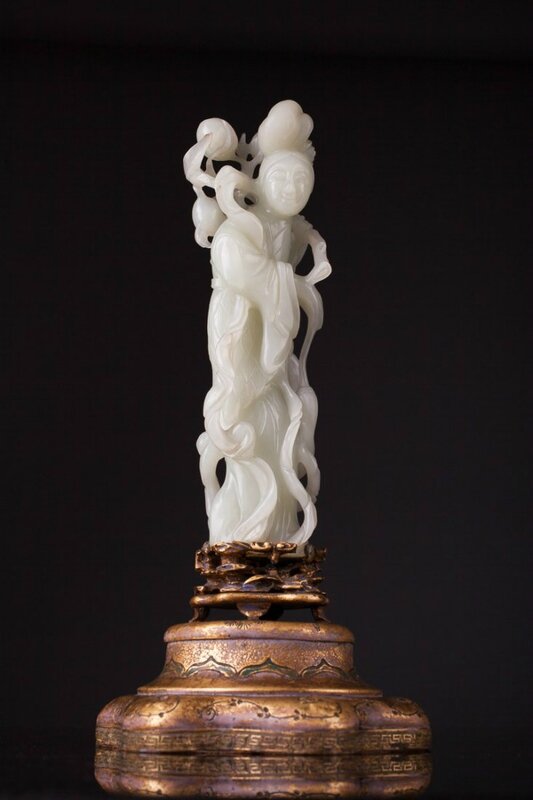



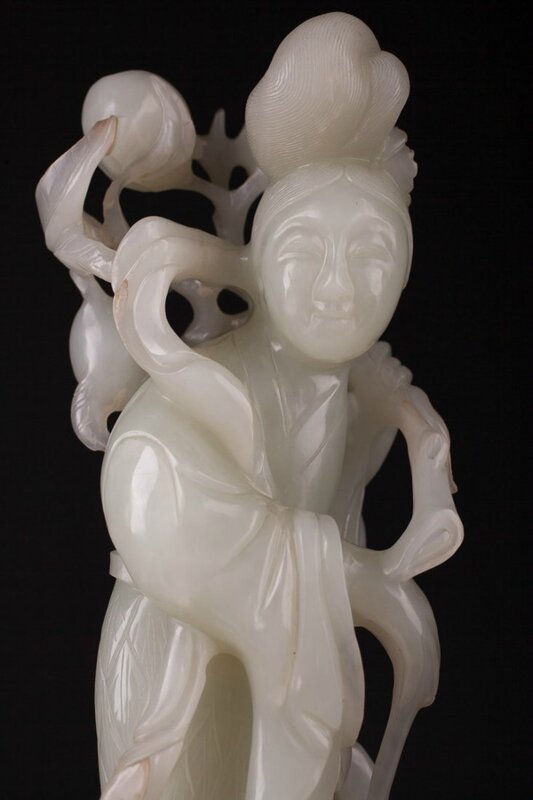



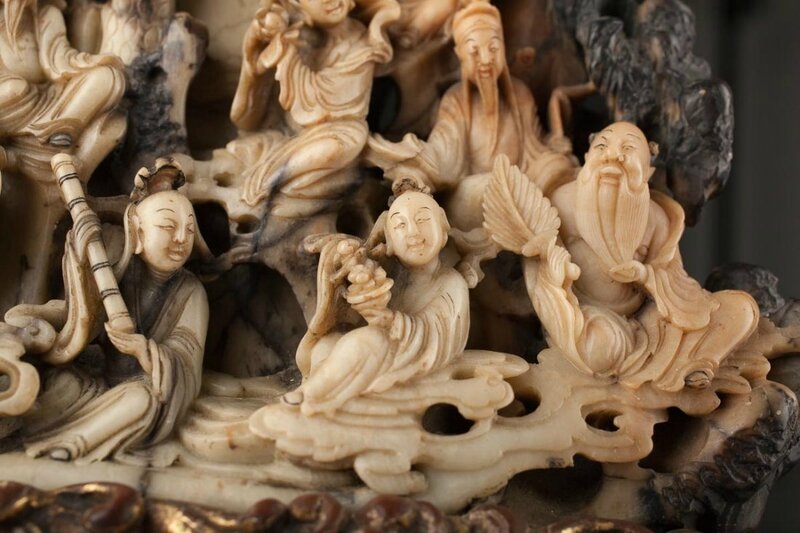



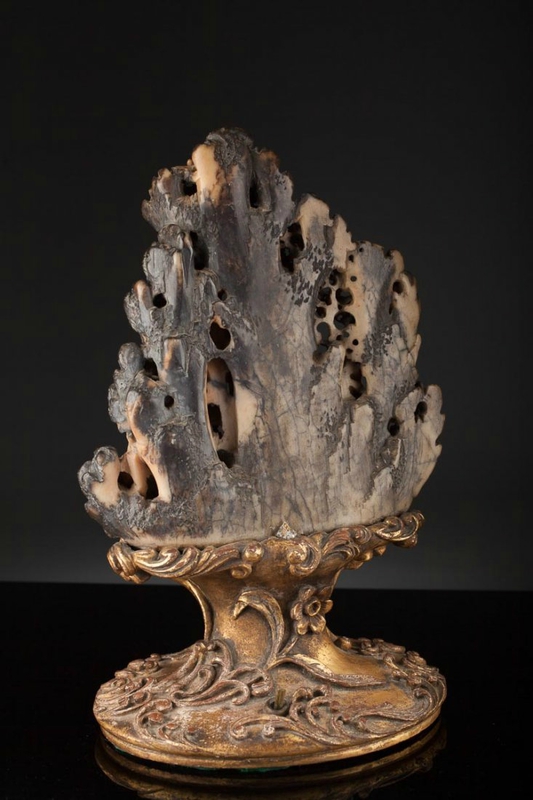








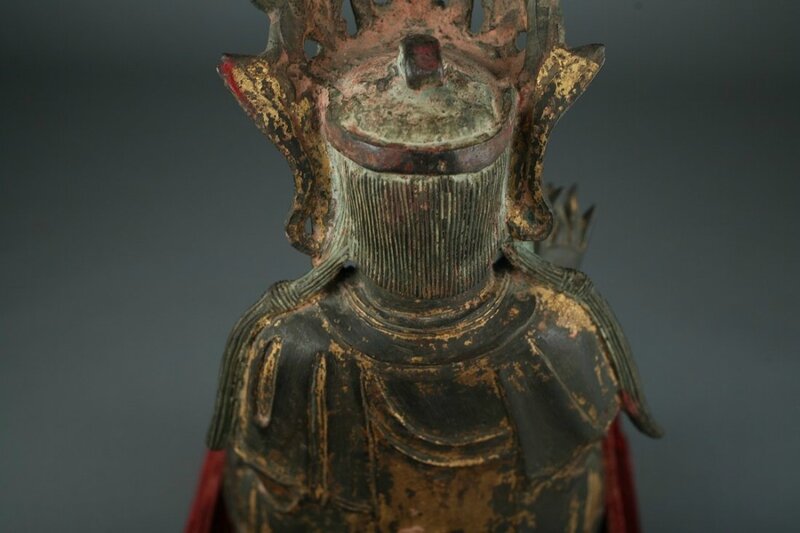

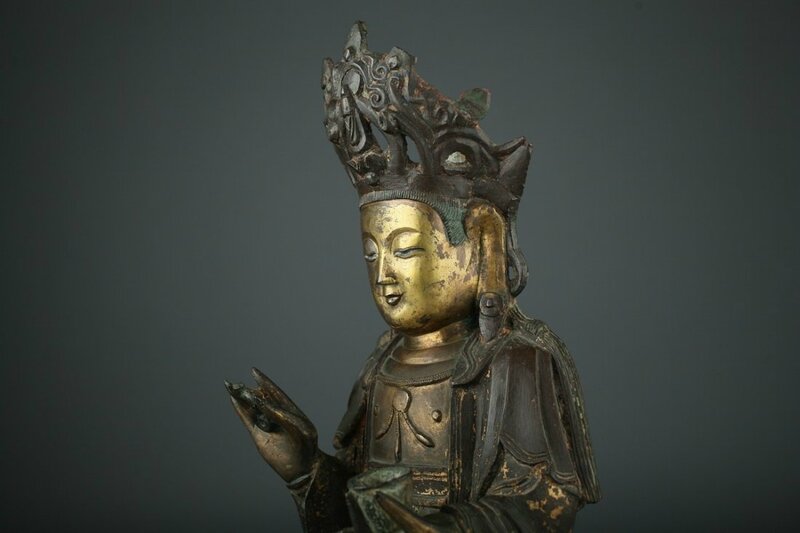
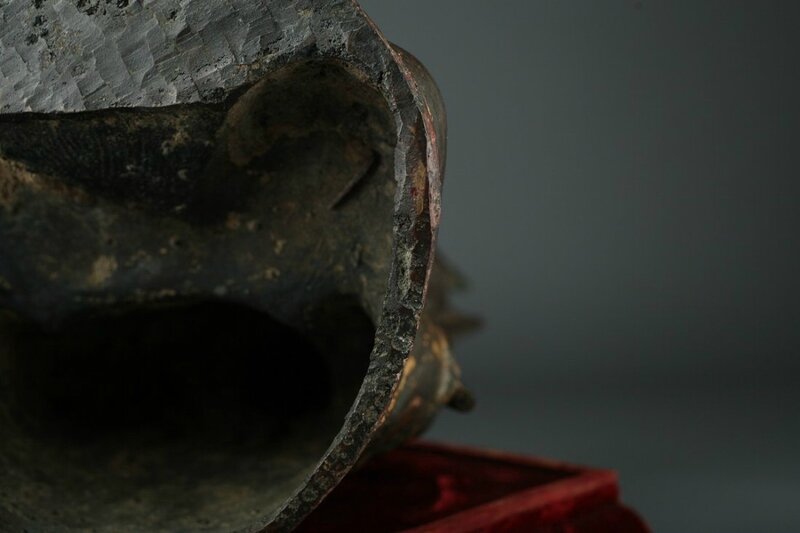



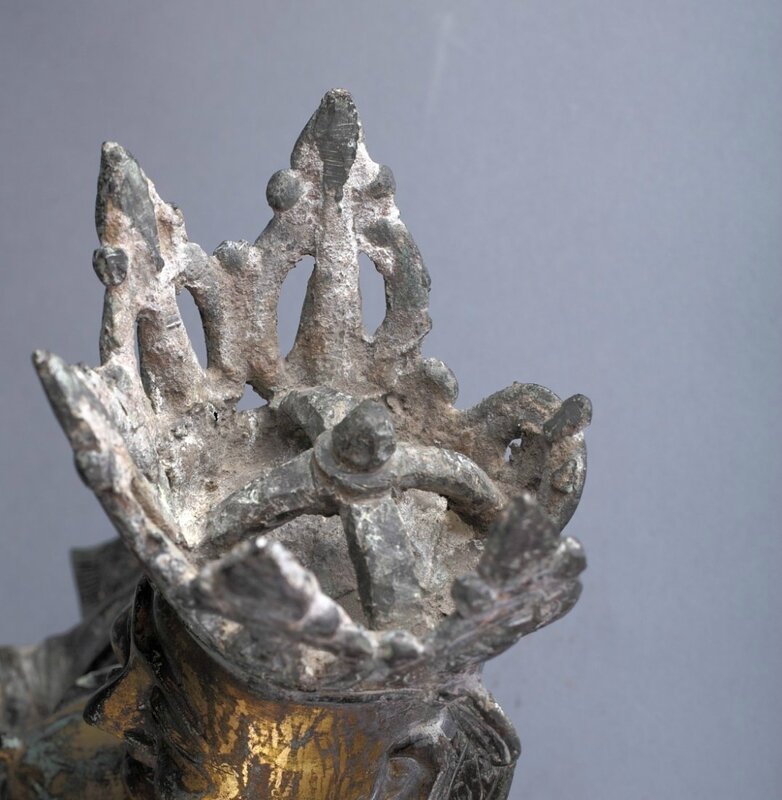


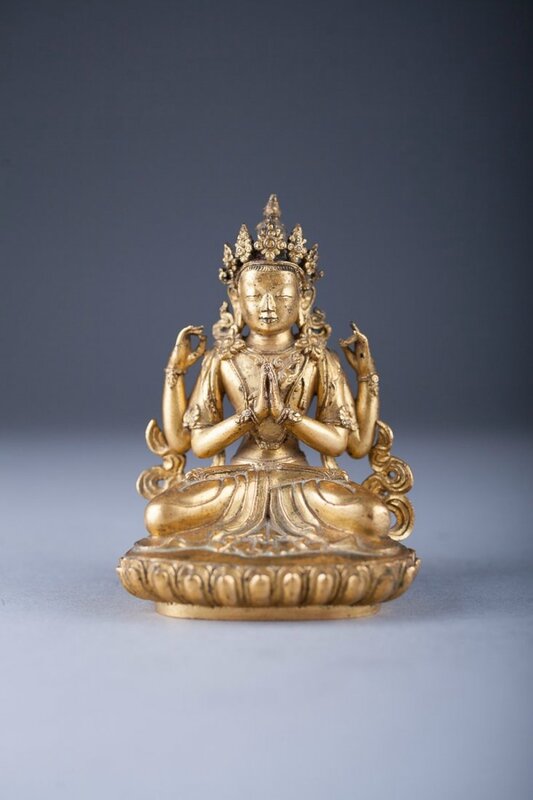
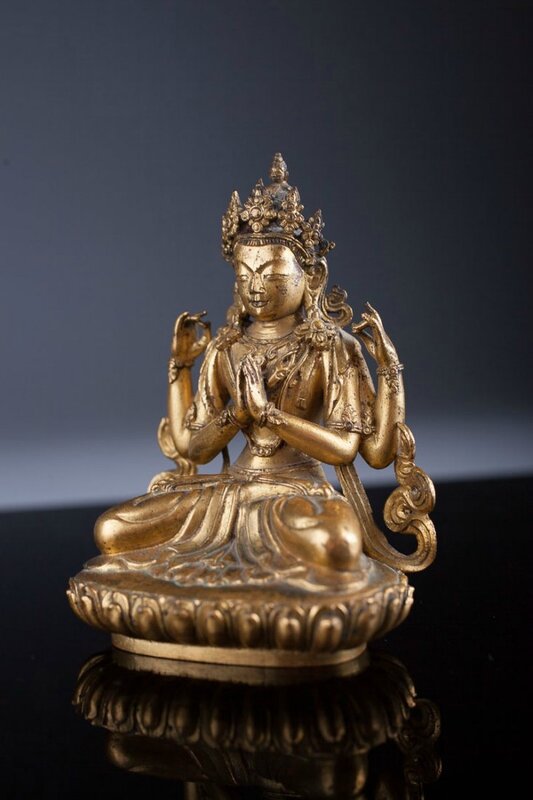


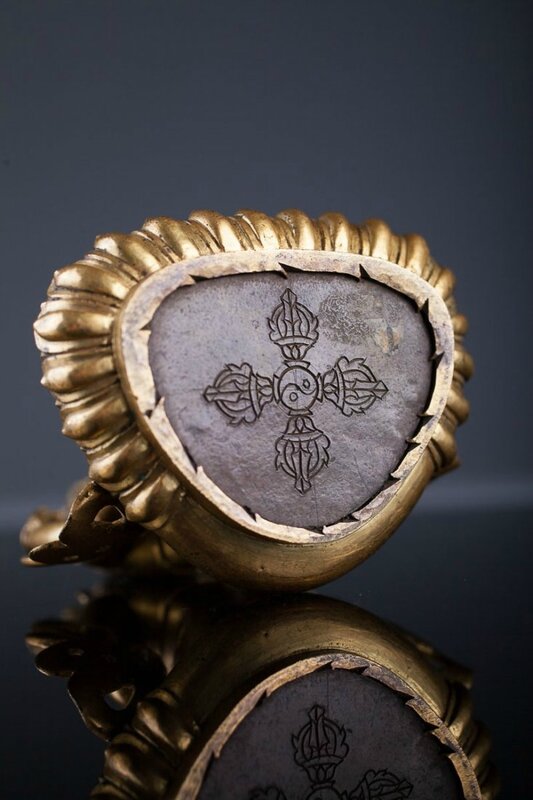
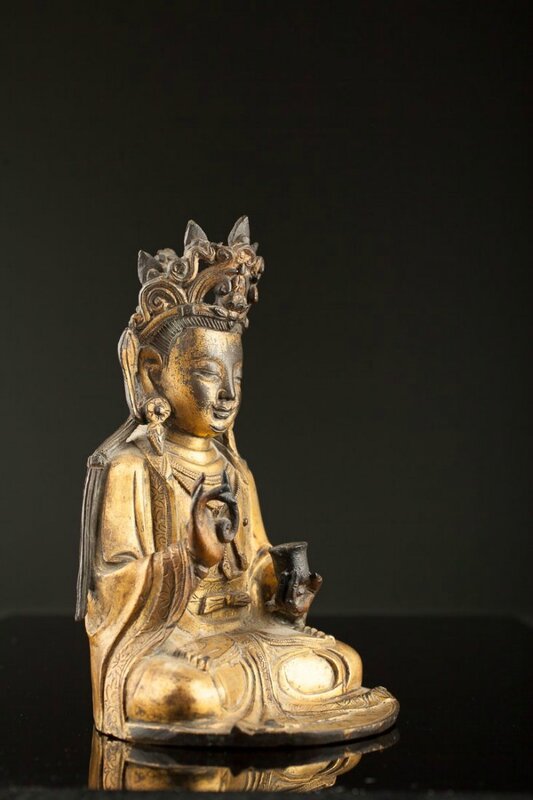









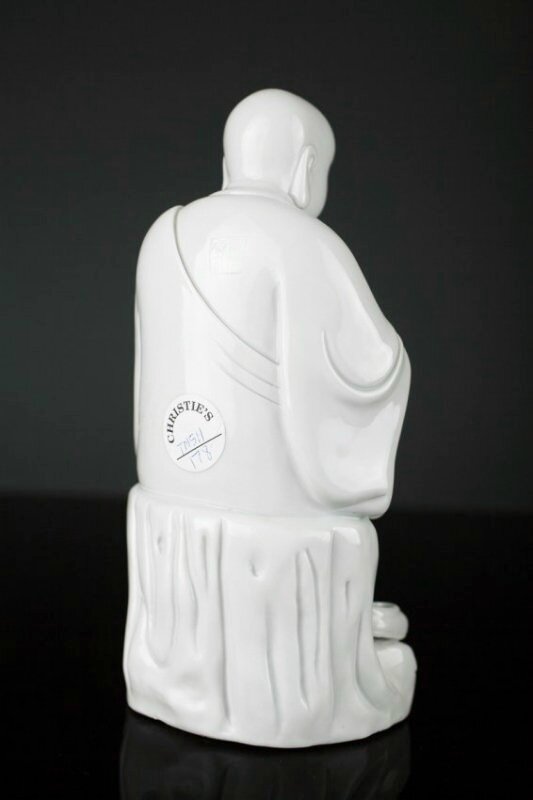
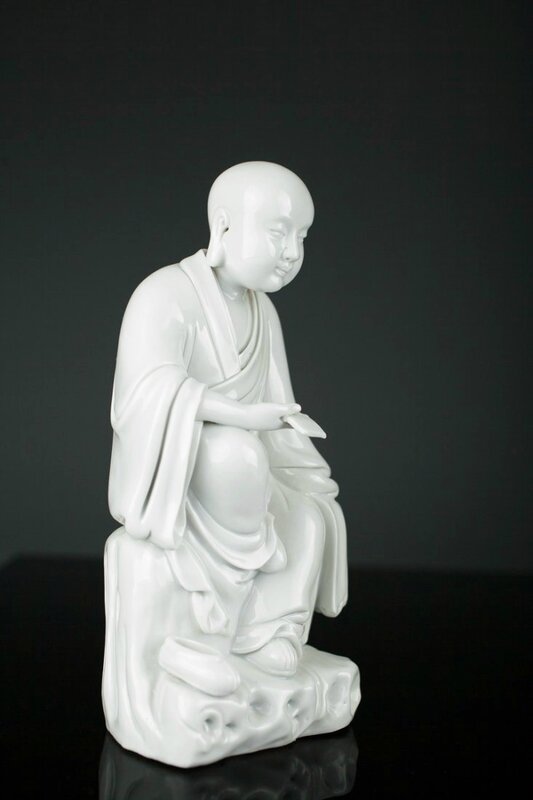







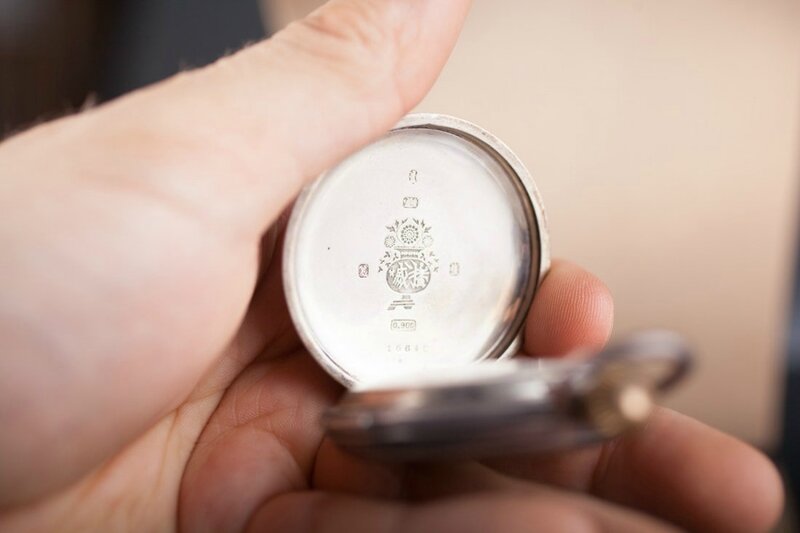
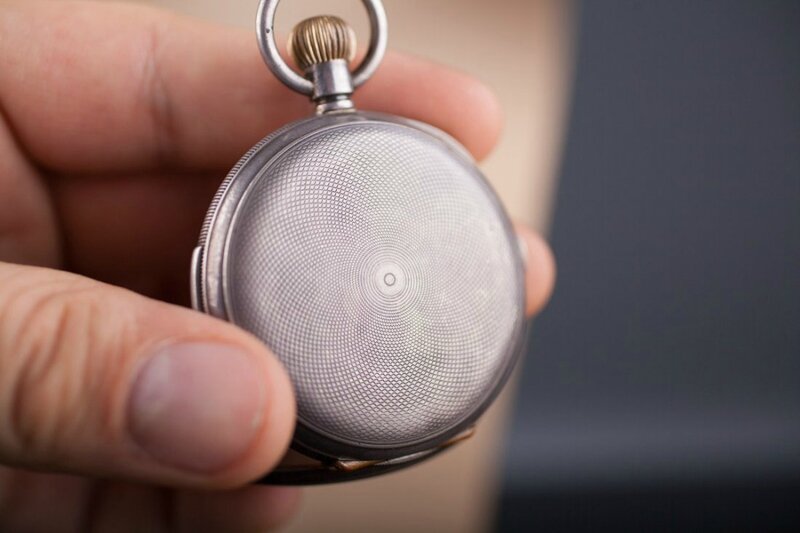

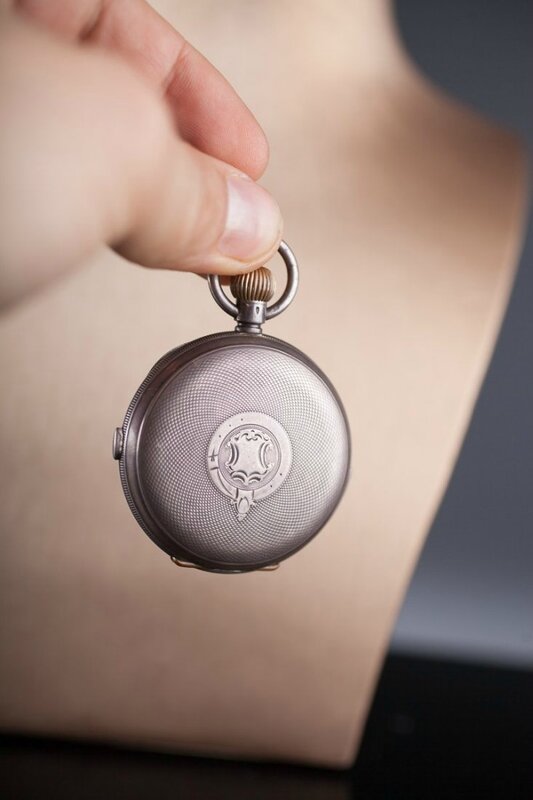


/image%2F1371349%2F20240406%2Fob_de099f_435265592-1644340289669317-27147449708.jpg)
/image%2F1371349%2F20240310%2Fob_c0e13b_431753965-1629270041176342-17091014609.jpg)
/image%2F1371349%2F20240229%2Fob_7c7d11_428701194-1625292201574126-44092414790.jpg)
/image%2F1371349%2F20240229%2Fob_b5ac39_428703110-1625267244909955-59751988979.jpg)